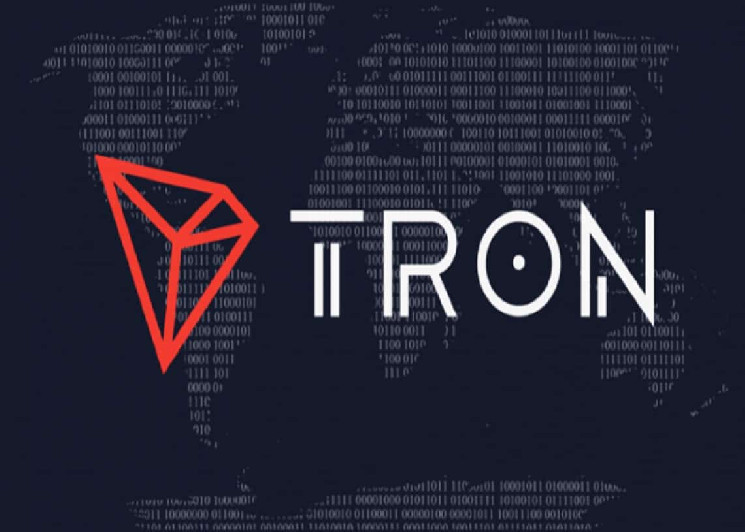- The surge in stablecoin usage in Singapore is part of a larger trend of digital asset adoption in the region, reflecting growing interest and trust in cryptocurrencies.
- Regulatory advancements and increased consumer confidence are key factors driving the favorability of cryptocurrencies, making them an attractive option for businesses and consumers alike.
- Eric Jardine, an expert at Chainalysis, emphasizes the operational efficiency that businesses find in stablecoins, contributing to their preference in transactions.
Explore the transformative impact of Singapore’s expanding stablecoin market on the financial landscape and retail adoption amid evolving regulatory frameworks.
Record-Breaking Stablecoin Payments in Singapore
Singapore recently recorded close to $1 billion in stablecoin transactions in the second quarter, primarily occurring at merchant locations, highlighting a significant shift in consumer payment preferences. This surge not only boosts the visibility of stablecoins but also demonstrates their growing acceptance as legitimate forms of currency.
The Rise of Retail Crypto Adoption
The retail sector in Singapore is experiencing a rise in stablecoin transactions, particularly with XSGD, as local businesses embrace more efficient payment solutions. A recent analysis revealed around $161 million in stablecoin transactions in the latter part of 2023, showcasing the increasing adoption of cryptocurrency payments. Notably, Grab’s collaboration with Triple-A in enabling cryptocurrency funding for e-wallets signifies a major step towards mainstream acceptance of digital currencies.
Stablecoins: Advantages and Challenges
Stablecoins, which maintain a stable value by being pegged to fiat currencies, offer users security and efficiency in transactions. However, their rapid growth raises concerns among regulators regarding potential illicit activities. Despite this, stablecoins currently represent a small portion of total payment volumes, as traditional methods like retail card transactions continue to dominate in Singapore.
Institutional Impact and Market Dynamics
The increasing activity in stablecoins aligns with discussions on the potential of cryptocurrencies to address risks in the traditional banking system. Experts, like Robert Kiyosaki, highlight vulnerabilities in markets like bonds, suggesting that cryptocurrencies could serve as a safeguard against financial instability, especially for certain socioeconomic demographics.
Regulatory Landscape Influencing Adoption
Regulatory clarity plays a vital role in driving stablecoin adoption in Singapore. Initiatives by the Monetary Authority of Singapore (MAS) in 2023 and 2024 aimed at regulating stablecoin issuers and strengthening market integrity have bolstered investor confidence and consumer protection. These proactive steps align with global trends in crypto engagement, indicating a positive outlook for the industry.
Compliance and Institutional Growth
Paxos recently received approval from Singapore’s central bank to provide digital payment token services, enabling the issuance of regulated stablecoins. This approval solidifies Paxos’ position within Singapore’s regulatory framework and enhances its influence in the digital finance sector. Strategic partnerships, like the one with DBS Bank for stablecoin reserve custody, further enhance operational capabilities and pave the way for increased access to digital financial services.
Conclusion
The trajectory of stablecoin adoption in Singapore underscores the country’s commitment to digital finance innovation. As regulatory frameworks evolve and consumer preferences shift, the convergence of efficiency, security, and transparency in operations is set to drive further advancements in the financial ecosystem. Stakeholders must stay vigilant to these developments as they reshape transaction norms not only in Singapore but also globally.









